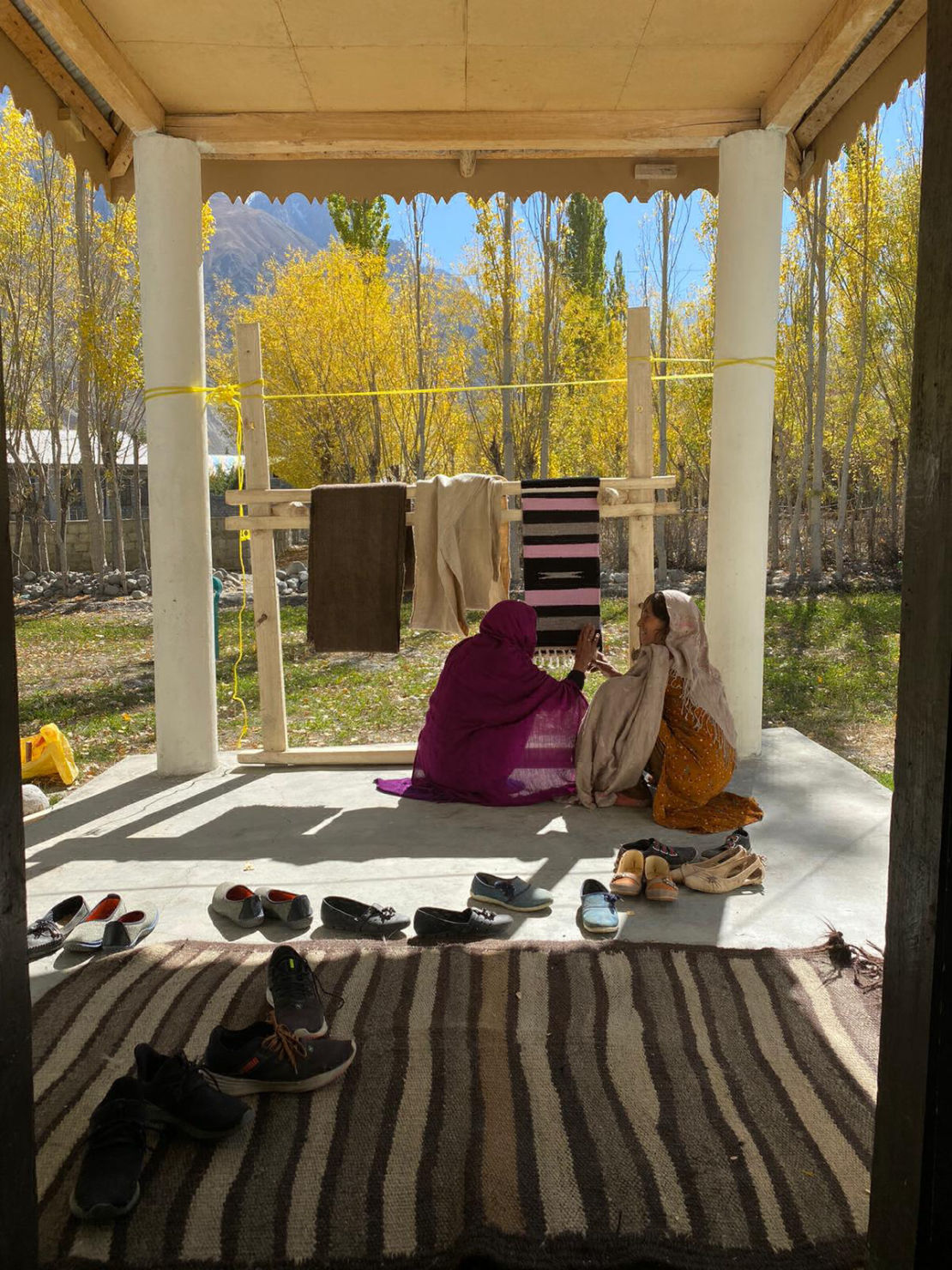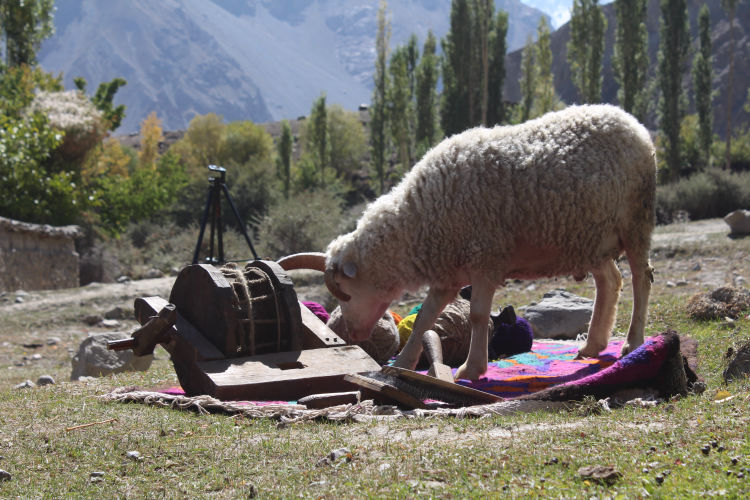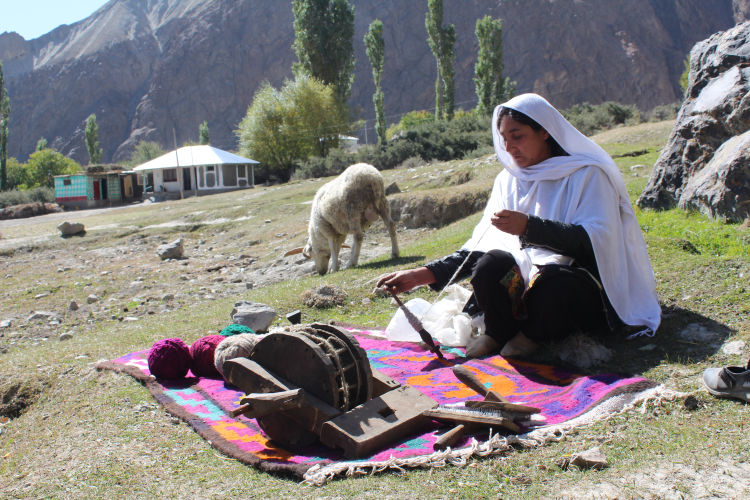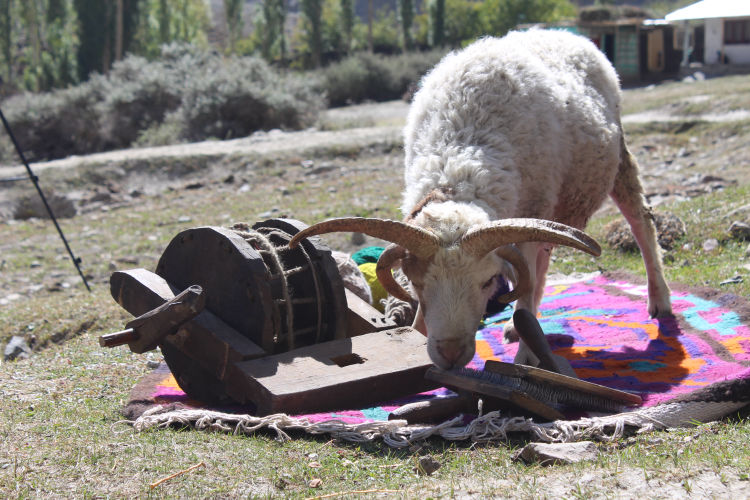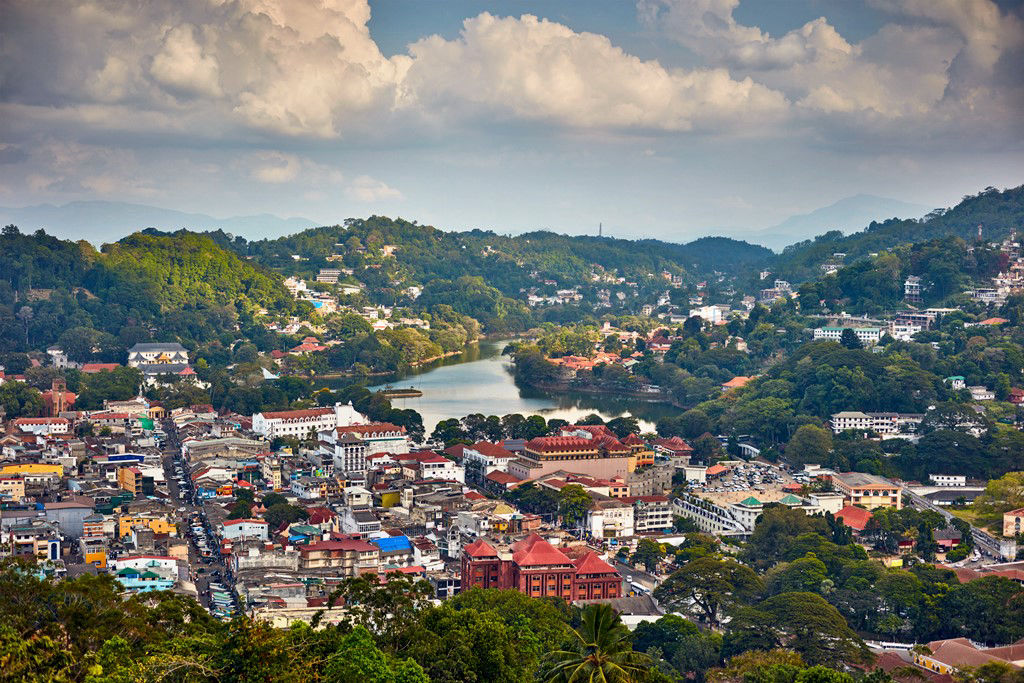Field notes_Pakistan | Nusrat Batool | 2020
A Wondrous Hybrid
Every journey starts with a straight line and leads you to the wonders that you find so unreal because they are almost untouched, pure and in their basic forms. So is the beautiful valley of Laspur with colors of autumn surrounded with apple trees and cold breeze, almost static with a set pattern of colors.
When you travel through mountains passing by small valleys on the way and finally reach a town named Harchin, after 5 hours travel from Chitral. You will find houses build in their simplest forms, a living style so basic and different from place we come. The words you hear are so unfamiliar because they speak Khowar (language) and you immediately find yourself an outsider. The first thought which crossed my mind was how can there be so much space between us and them living in the same country.
It was no surprise that how a huge amount of people from different places come to join Shandur festival each year crossing Harchin valley. So, if you stop by, you will find a small museum at Shandur Road which is a surprise because in village like that the concept of preserving art and craft is actually a wonder. A place where you will probably find women sitting under a tree, spinning a roll of wool thread enjoying the weather alongside some other fellows doing their embroidery peacefully unaware of the outside world. While your eyes catch the bright colors on those QALIN which leads you to see and learn more about it, as we did. And it was so interesting to find how they make it from scratch totally organic and hand-made process. That was something to be preserved since they had been doing it for generations now.
We conducted a series of engagement sessions with women of Harchin and Vayer in order understand how much the local craft of carpet weaving and yarn-making is being preserved or does the idea actually exist? If yes, we would help to share our knowledge along their skill to make the best out of it. If not, we would actually introduce the idea of how much their practice of craft and the preservation is important for their identity on a wider scale. Soon it turned out that the skill of crafting became our form of communication as we worked alongside them. We communicated through their language of craft; their technique, colors, motifs worked as words and their tools were the medium. Despite the fact of language difference, we were no more an outsider to them now, which was an achievement in itself.
Now we had a medium for exchange of ideas and skills which focused on their language of craft by understanding their tools, motif and, techniques mainly their color pallet also the issues they face. As per observation and survey we found that they use very basic tools which affects the quality of their product. The color palette was restricted to the colors available in the local market. Also the design patterns, motifs and compositions were random which the women made by themselves or saw on some foreign product.
Keeping the essence of the craft we worked with their available raw material and introduced some new tools to make the process more effective focusing on the challenges they faced during the making of the craft. Series of sessions included making an embroidered post card using their own motif to improve their sense of identity and attachment to their craft. Another session was conducted on natural dyes, introduction to color wheel and combination, also off loom weaving and design composition.
The process of conducting research was that of learning to communicate in another language and to share our stories. It was indeed a unique and fulfilling experience.
